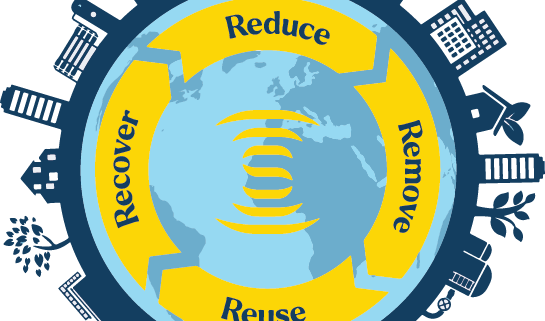Harnessing Nature’s Reservoir: Exploring the Importance of Water Recharge
In the delicate balance of Earth’s hydrological cycle, water recharge plays a crucial role in replenishing aquifers, sustaining ecosystems, and ensuring water security for communities worldwide. As we face mounting challenges of water scarcity and depletion, understanding the significance of water recharge and implementing strategies to enhance it is paramount. In this blog, we delve into the concept of water recharge, its importance, and the innovative approaches to harnessing this natural process for a more sustainable future.
Unveiling Water Recharge
Water recharge refers to the process by which water infiltrates the ground and replenishes underground aquifers. It occurs naturally through precipitation, runoff, and percolation, as water seeps through soil and rock layers to recharge groundwater reservoirs. This replenishment of groundwater is vital for sustaining ecosystems, supporting agriculture, and supplying drinking water to communities around the world.
The Importance of Water Recharge
Groundwater Sustainability
Groundwater serves as a critical source of freshwater for drinking, irrigation, and industrial purposes, particularly in regions where surface water supplies are limited or unreliable. Adequate water recharge ensures the long-term sustainability of groundwater resources, preventing overdraft and depletion of aquifers.
Ecosystem Health
Groundwater recharge sustains wetlands, springs, and streams, providing vital habitat for aquatic species and supporting biodiversity. Maintaining healthy groundwater levels is essential for preserving ecosystem functions, such as flood control, water purification, and nutrient cycling.
Climate Resilience
Water recharge plays a role in mitigating the impacts of climate change by regulating groundwater levels and replenishing surface water bodies. Increasing water recharge capacity through natural and engineered solutions can enhance resilience to droughts, floods, and other extreme weather events.
Strategies for Enhancing Water Recharge
Green Infrastructure
Green infrastructure practices, such as rain gardens, bioswales, and permeable pavements, promote water infiltration and recharge by capturing stormwater runoff and allowing it to infiltrate into the ground. These nature-based solutions reduce erosion, mitigate flooding, and enhance groundwater recharge while providing additional benefits for urban landscapes and communities.
Managed Aquifer Recharge
Managed aquifer recharge (MAR) involves intentionally recharging aquifers through artificial means, such as injection wells, infiltration basins, and recharge ponds. MAR projects can capture excess surface water during wet periods and store it underground for later use during dry seasons, helping to balance water supply and demand and mitigate water scarcity.
Watershed Protection
Protecting and restoring natural watersheds is critical for maintaining healthy hydrological cycles and promoting water recharge. Preserving riparian buffers, conserving forests, and minimizing land-use practices that disrupt natural water flow pathways can enhance infiltration rates and recharge capacity in watersheds.
Conclusion: Embracing Nature’s Solution
Water recharge represents a natural and sustainable solution to the complex challenges of water management and conservation. By understanding the importance of water recharge and implementing strategies to enhance it, we can safeguard groundwater resources, protect ecosystems, and build resilience to climate change.
As stewards of the environment, it is incumbent upon us to embrace nature’s reservoir and work collaboratively to protect and enhance water recharge processes. Through innovation, conservation, and responsible stewardship, we can ensure a water-secure future for generations to come, where the benefits of water recharge are realized by all.


